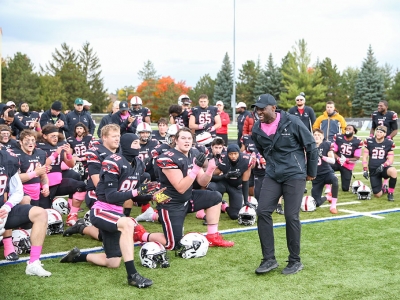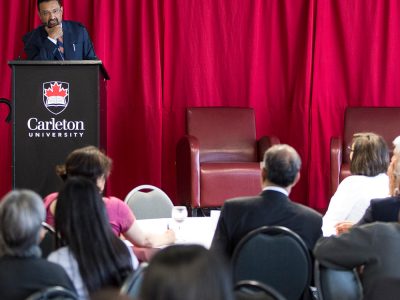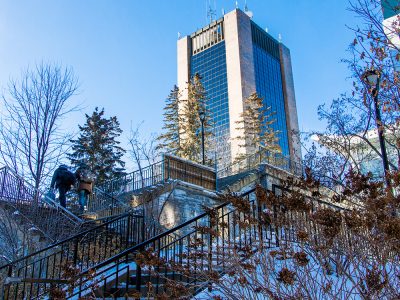By Dan Rubinstein
Photos by Mackenzie Doiron
When a “derecho” storm pummelled the Ottawa area with winds reaching 190 km/h on May 21, trees falling onto power lines was the main reason 180,000 hydro customers lost electricity.
Urban trees play many significant roles in the lives of city residents: they filter out airborne pollutants, absorb carbon dioxide and release oxygen, improve water filtration, create shade and reduce temperatures, provide wildlife habitat and enrich spaces people go for physical and mental well-being. But in an era of powerful storms driven by climate change, trees are also vulnerable and can pose a risk to critical infrastructure.
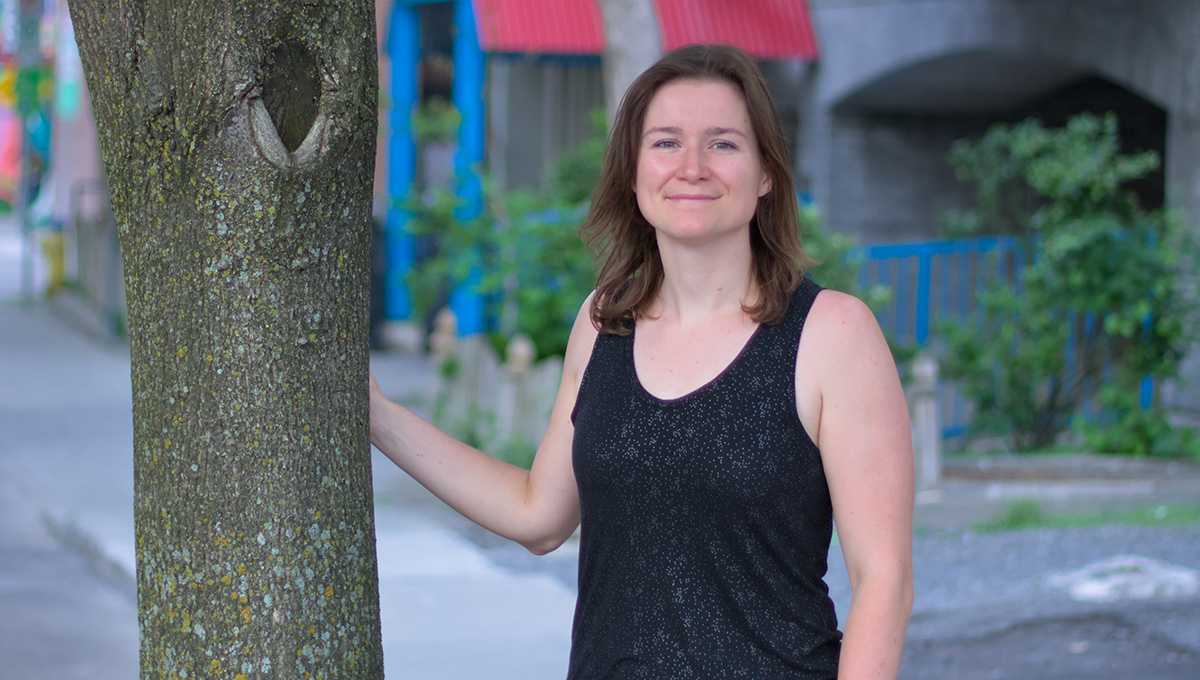
Post-Doctoral Research Fellow Emma Hudgins
Emma Hudgins, a post-doctoral research fellow in Carleton University’s Department of Biology, spends a lot of time thinking about the health of trees. Her work, which is rooted in the impacts of invasive insects with the aim of producing the best pest management strategies for Canada, is increasingly important, considering both the ecological and economic value of urban trees and the interconnected, anthropogenic threats they face.
“Trees are not as flashy as polar bears floating on bits of ice, but climate change has a synergistic impact on them,” says Hudgins.
“Weaker trees, including those damaged by insects, are going to be the ones that fall in major storms. More shipping routes opening up due to melting polar ice also means more movement of insects.
“It makes me wonder, with all these compounding stressors as we move forward, what the real loss is going to be.”
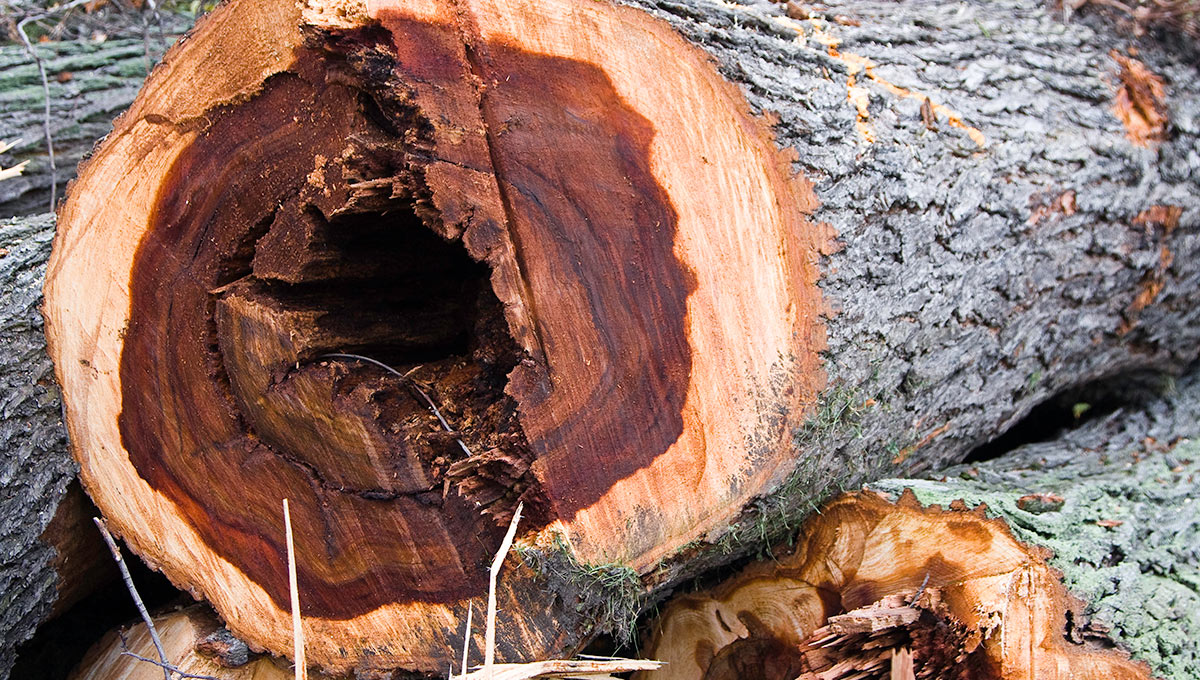
The Quantitative Side of Biology
Hudgins, who grew up “digging in the dirt” in New Brunswick, gravitated toward the quantitative side of biology during her undergraduate studies. A couple of her professors specialized in invasive species, which dovetailed with her environmental conversation mindset.
This led to PhD research that modelled economic losses due to forest pests killing trees in urban areas in the United States.
“I didn’t see myself as someone who was adept at math or coding,” she says, “but I liked using data to detail small, localized problems and map out bigger problems. And I really like trying to find creative solutions to these big problems.”

Prof. Joseph Bennett
For her post-doctoral research, supervised by Carleton’s Joseph Bennett, Hudgins is shifting from the U.S. to Canada and from descriptive to prescriptive.
Instead of attempting to understand where insects will kill trees and the associated costs, she’s looking into management actions that can be taken to change the trajectory of invasive species’ spread to limit the impacts on urban trees.
To date, Hudgins has been focusing on the emerald ash borer, which was the most damaging invader in her previous analyses, and a pair of approaches to pest management: quarantining, which in this context means controlling the movement of wood and wood products, and the release of biological control organisms.
Somewhat controversially, Canada is experimenting with species of tiny wasps (that don’t sting humans) whose young feed on ash borer eggs or larvae.
“We’re finding that a mixture of these two methods is much better than just relying on one or the other,” says Hudgins.
“We may see a lot less ash tree mortality if we start using biological control in a few central hubs rather than everywhere.”
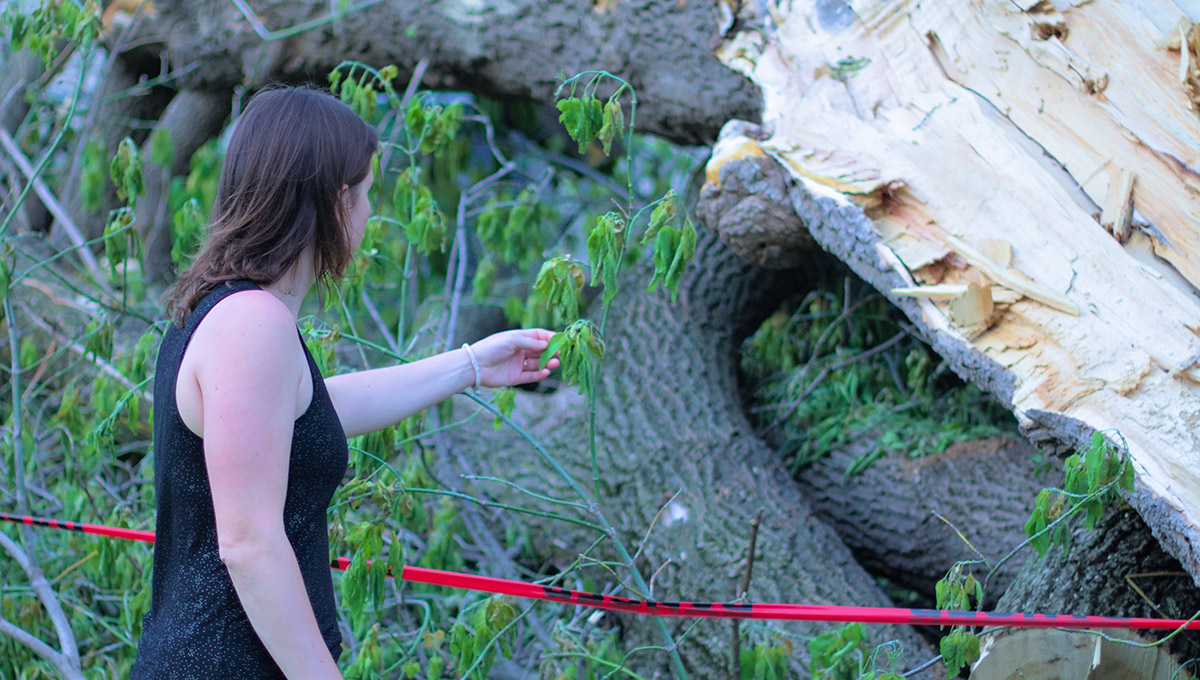
Models Simulate the Impact of Invasive Insects
To build her models — 50-km by 50-km grids that simulate what will happen to trees when a pest is introduced — Hudgins is partnering with the Canadian Food Inspection Agency and the Canadian Forest Service.
She relies on tree inventory databases, information that’s limited in Canada, although the City of Ottawa has an online resource showing more than 150,000 trees on city property.
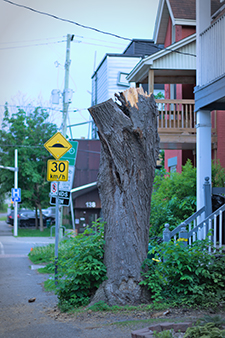 The federal government could use this type of modelling to decide where to deploy resources. A longer-term goal is to provide local authorities with more detailed information on how insects could move within a specific geographical area, so they can decide which trees to treat and perhaps which to remove.
The federal government could use this type of modelling to decide where to deploy resources. A longer-term goal is to provide local authorities with more detailed information on how insects could move within a specific geographical area, so they can decide which trees to treat and perhaps which to remove.
Beyond the emerald ash borer, Hudgins is hoping to build a tool that can be used to manage other insects. She has a database of 72 different invasive species and is looking for commonalties across species to help determine potential management strategies.
“The best spatial arrangement might always be biological control in the core and quarantines around the outside,” she says.
“Or it could be different for species that feed on leaves, versus species that bore holes into the wood, like the emerald ash borer.
“We can learn a lot from the damage caused by the emerald ash borer and can try to stop these impacts from happening all at once. The main focus now is figuring out how to save our trees for the longest possible period of time.”
Tuesday, June 14, 2022 in Biology, Environment and Sustainability, Research
Share: Twitter, Facebook
